With the arrival of the Alfa Romeo Giulia in 2017, Alfa Romeo is now four months into its full North American relaunch, having previously sold 1,100 4Cs in the US and Canada since late 2014.
FCA’s premium brand is now selling around 600 of the new saloons every month, a roughly even split of rear and four-wheel drive models, through an expanding network of dealers that currently stands at 168 in the US, with a further 15 in Canada. For context, segment-leading Mercedes-Benz has more than twice as many dealers and sells ten times that number of Mercedes-Benz C-Classes, so there’s work to do.
“We’re launching the Giulia but we’re also launching the brand and growing the dealer network,” acknowledges Pieter Hogeveen, a Dutchman who’s now director of Alfa Romeo North America. “We must be realistic with our volume expectations and not put the cart before the horse.”
Hogeveen speaks from experience, having spent 2004-06 reintroducing Cadillac and Corvette in Europe. He stresses the importance of getting the dealer network and customer service right, rather than getting caught up chasing volume too soon. At this point, nearly every Alfa Romeo customer is a conquest from one of the other premium brands; Hogeveen knows that keeping those customers – 70% of whom are on private lease deals – will be crucial if the brand is to avoid a false dawn of the type endured by the 156 in Europe. Every customer survey comes straight to his inbox.
Ten days with a Giulia Quadrifoglio in the US recently gave me a chance to assess the marque’s prospects at its new frontier. That I didn’t see another Alfa Romeo during my time in Florida came as no surprise given the comparatively small number on the road, but it does underline the huge brand-building exercise that lies ahead.
“I only know they’re back in the US because I’m a car guy,” says Rob, an avid Top Gear-watcher with a drag-race Camaro in the family. “A lot of other people won’t.” Admiring the Giulia Quadrifoglio, he adds: “They nailed the styling, in my view, and there’s a lot of potential for customisation.”
“It’s beautiful inside, like a BMW,” agrees Abdel, who sees a lot of premium cars as a bellman at an upscale Orlando resort. He isn’t sure of the Giulia’s origin, but knows that Alfa Romeo builds sports cars. “They need to do some conventions, to show people the car,” he says.
The Giulia is blazing the trail for the Alfa Romeo Stelvio SUV, which will reach US buyers later this summer and will likely be a barometer for long-term success. The mid-size luxury SUV segment is growing at 22% a year in the US, and the Stelvio will give Alfa 50% coverage of the premium sector overall. It’s a recipe that’s working well for Jaguar, for whom the Jaguar F-Pace is outselling the Jaguar XE at a rate of 3:2.
“An SUV? That’s good,” concludes Abdel. “Many wealthy people prefer to travel by car rather than by plane, but they need space.”
Alfa Romeo Stelvio SUV review
Graham Heeps

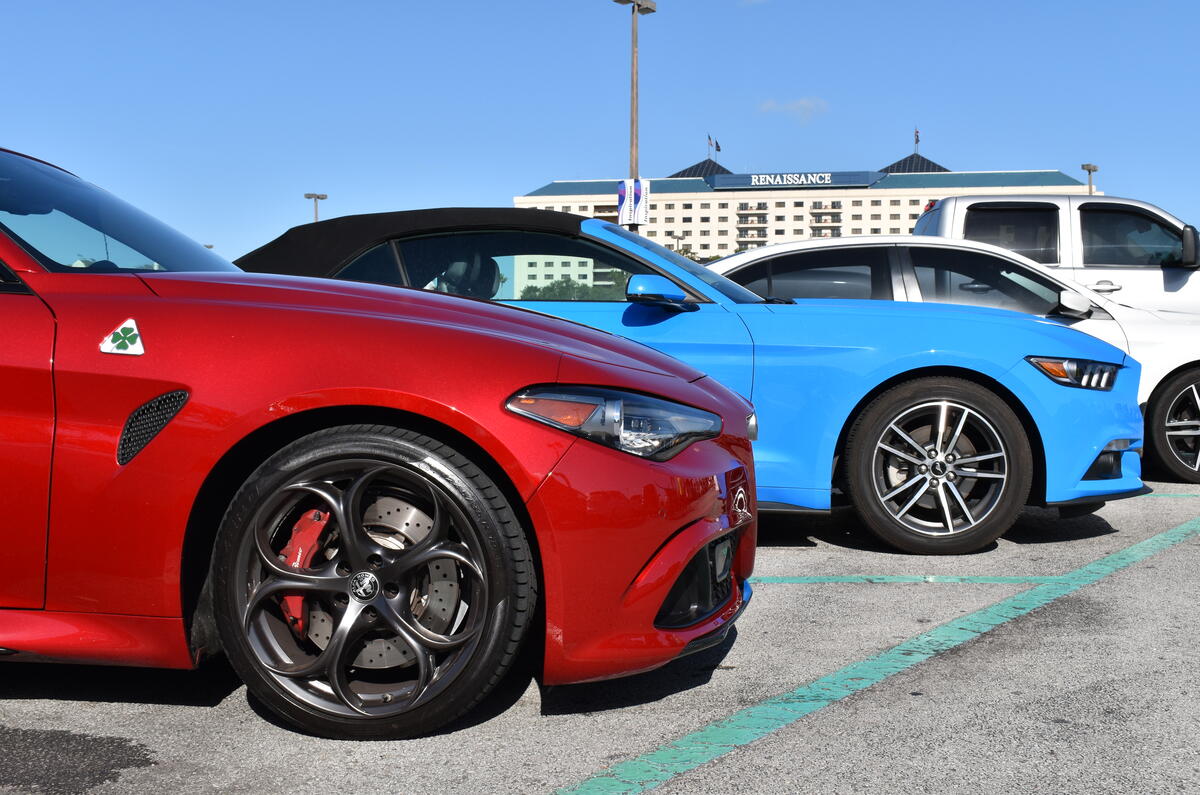
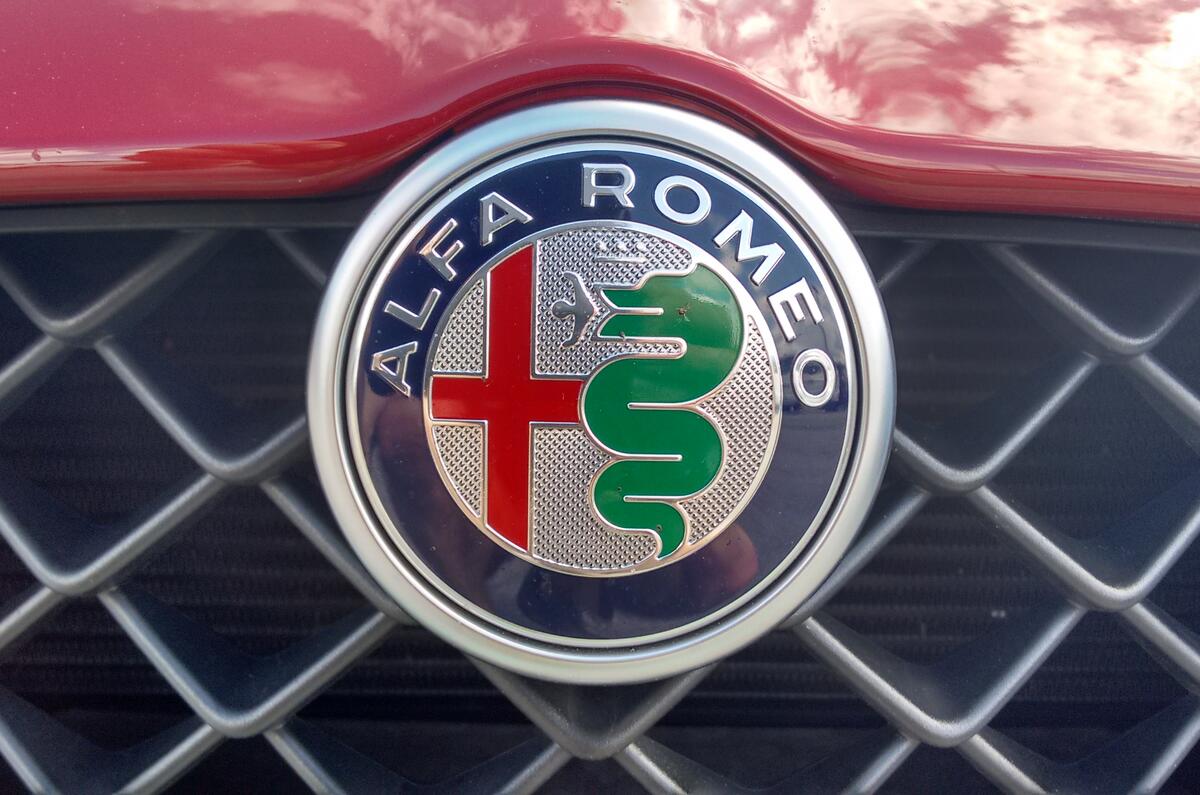

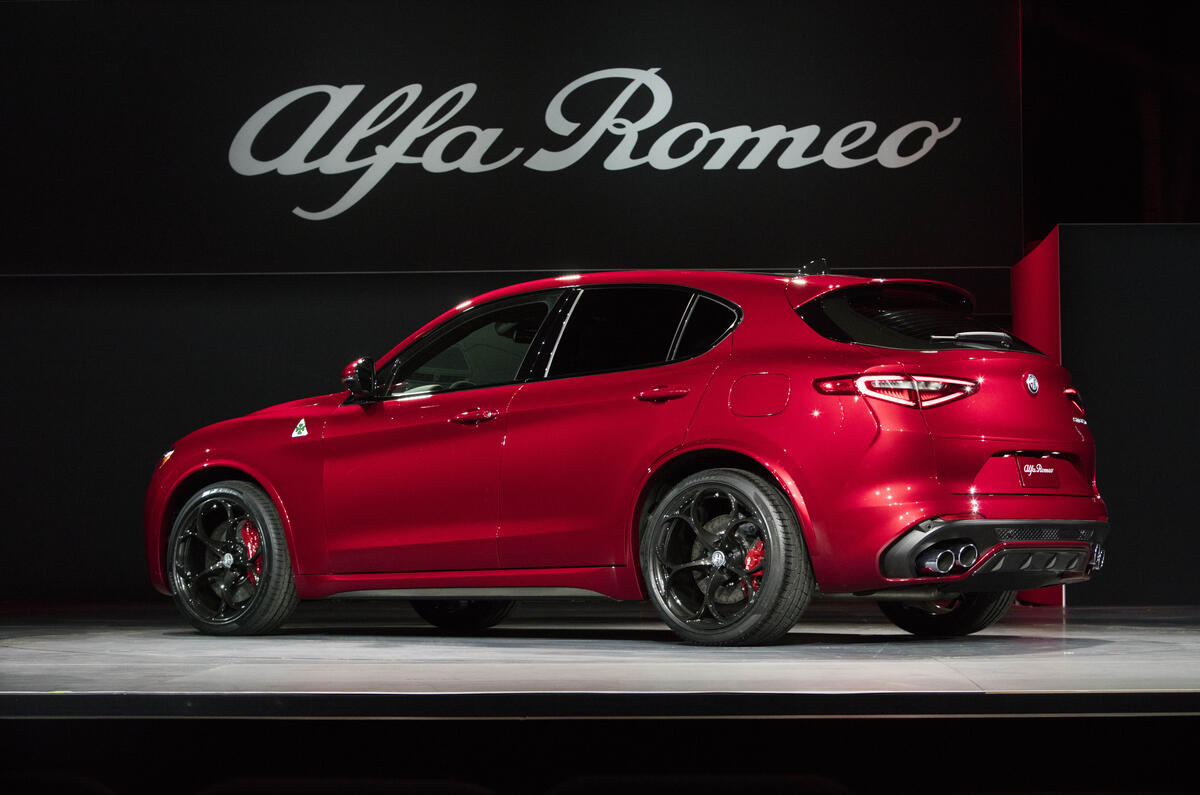
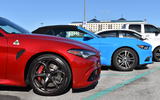


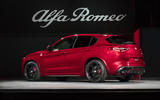


Join the debate
Add your comment
What about Stelvio?